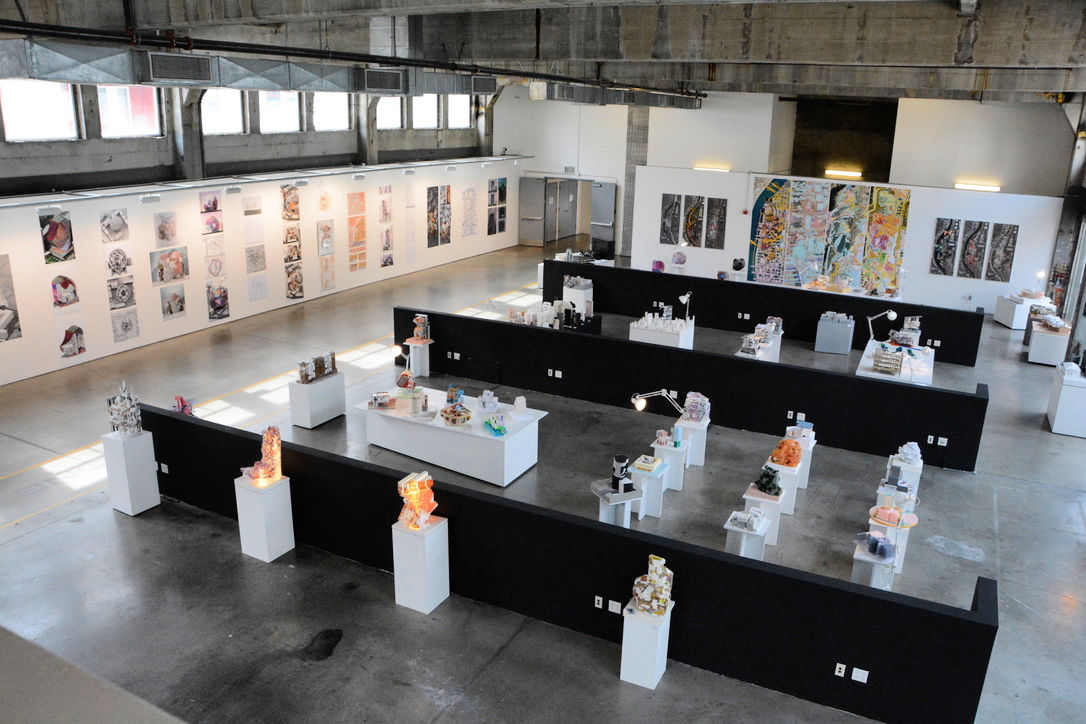
SCI-Arc Spring Show 2019
The Southern California Institute of Architecture‘s thirteenth annual Spring Show features work from each of the various school programs, including Undergraduate, Graduate and Postgraduate design studio projects as well as Visual Studies and Applied Studies. The show is spread out through the school, organized by thematic, visually and conceptually different sections.
For me, every day is a new thing. I approach each project with a new insecurity, almost like the first project I ever did, and I get the sweats, I go in and start working, I’m not sure where I’m going – if I knew where I was going, I wouldn’t do it.
Frank Gehry
Indeed, most every student at SCI-Arc would say the same thing: if they knew where they were going, they wouldn’t do it. And where they go is far, far, far to the extreme realms of design and creativity while also displaying their mastery of digital tools. The SCI-Arc Spring Show demonstrates an imagination of form that does not fit the conventional idea of what is Architecture.
Note: This post contains affiliate links. By clicking on them, at no cost to you, I may earn a commission which helps pay to keep bringing my readers awesome content.
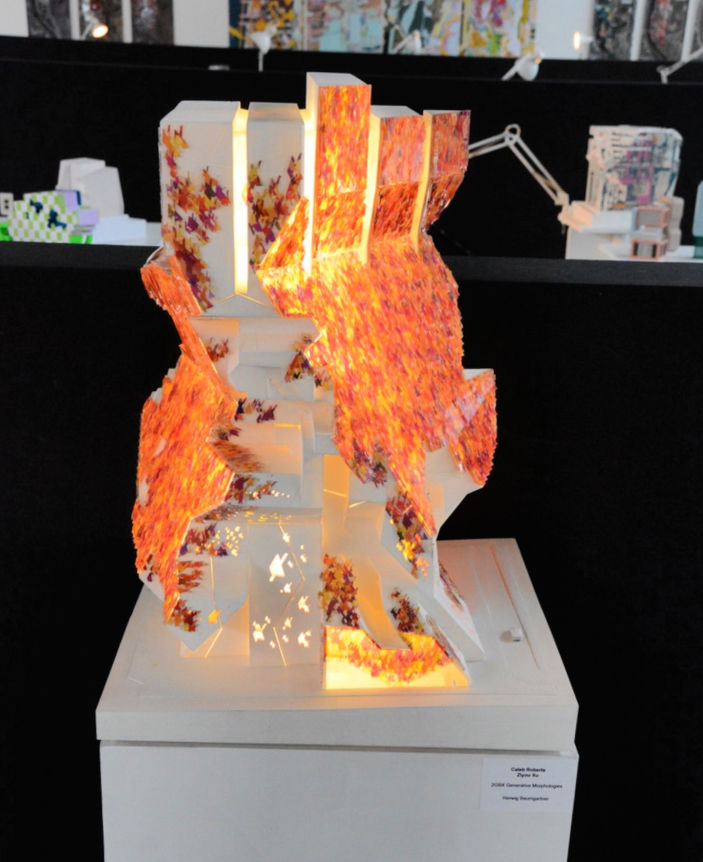

Model from the SCI-Arc Spring Show 2019 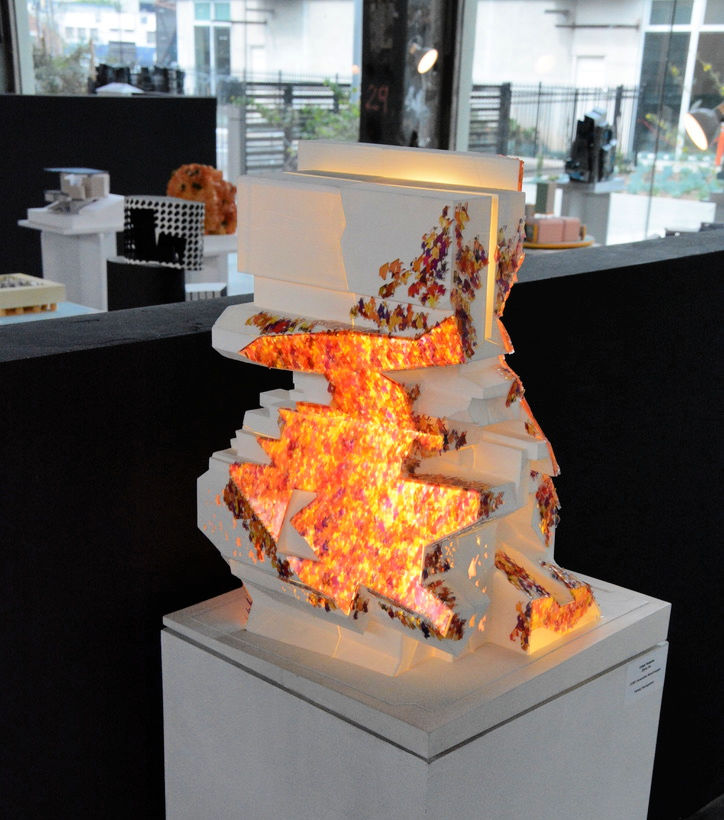
Model from the SCI-Arc Spring Show 2019
These models were part of Herwig Baumgartner’s applied studies studio.
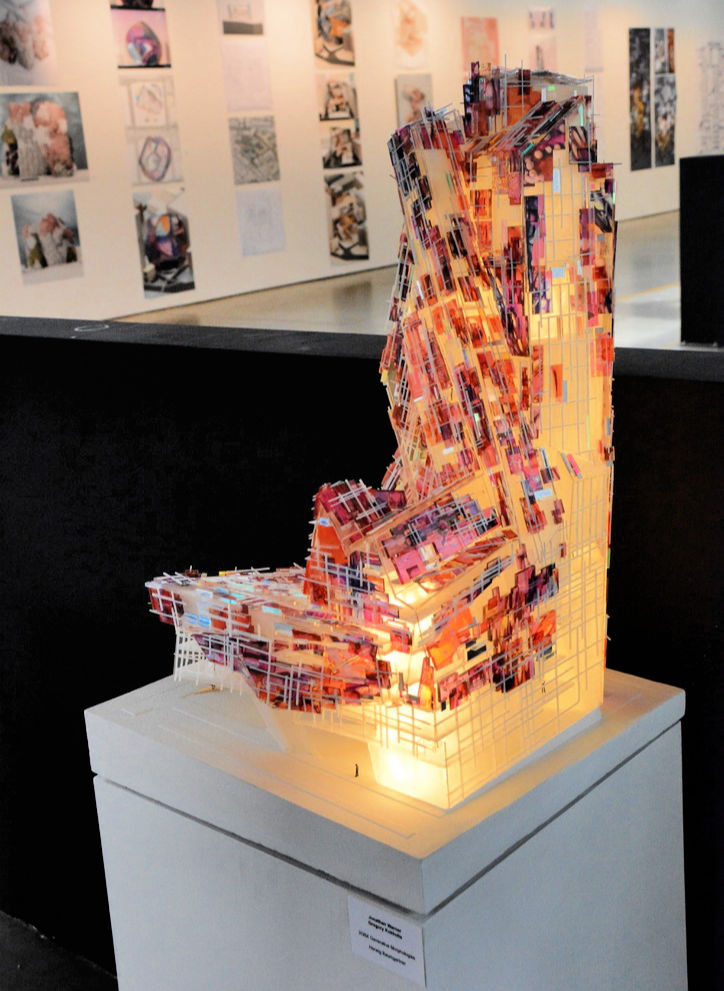
Model from the SCI-Arc Spring Show 2019 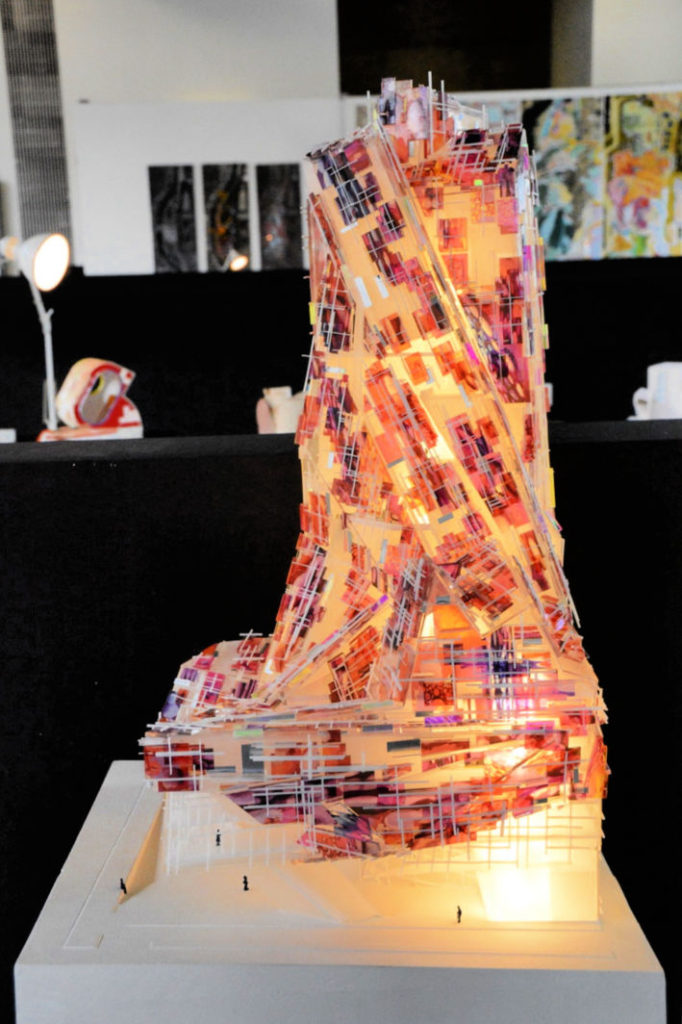
Model from SCI-Arc Spring Show 2019 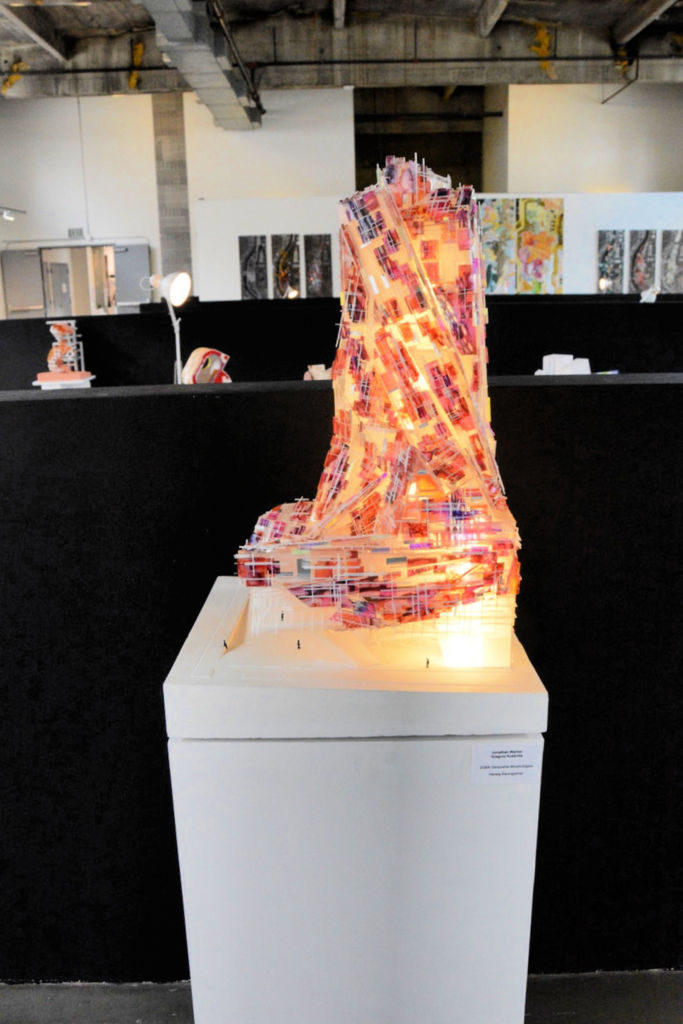
Model from the SCI-Arc Spring Show 2019
A common theme throughout was the use of strong, primitive shapes and bright color combinations.
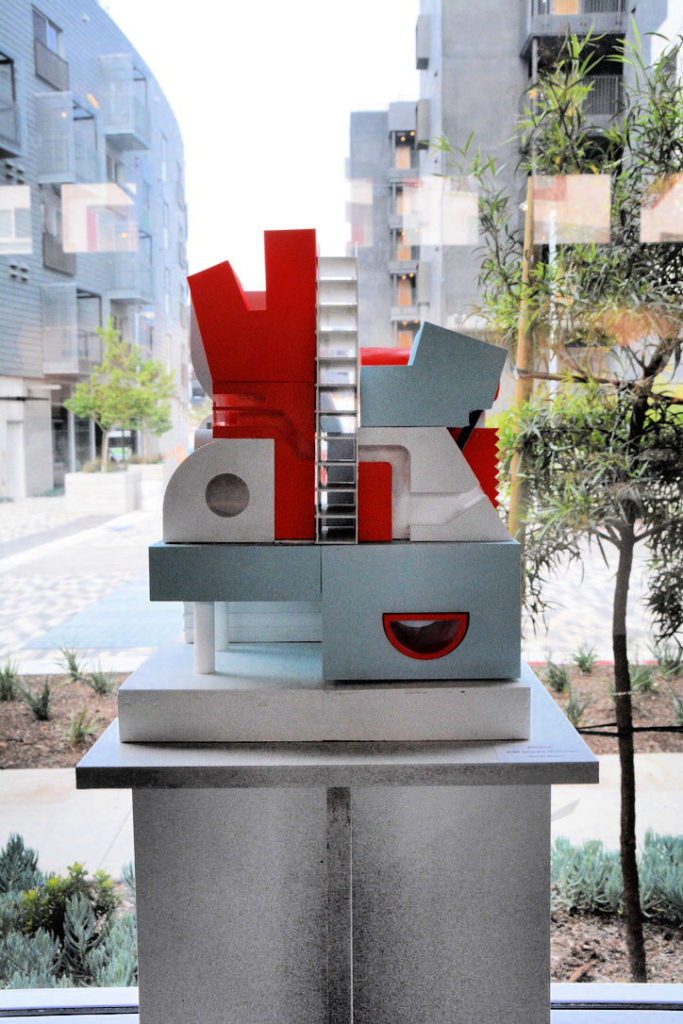
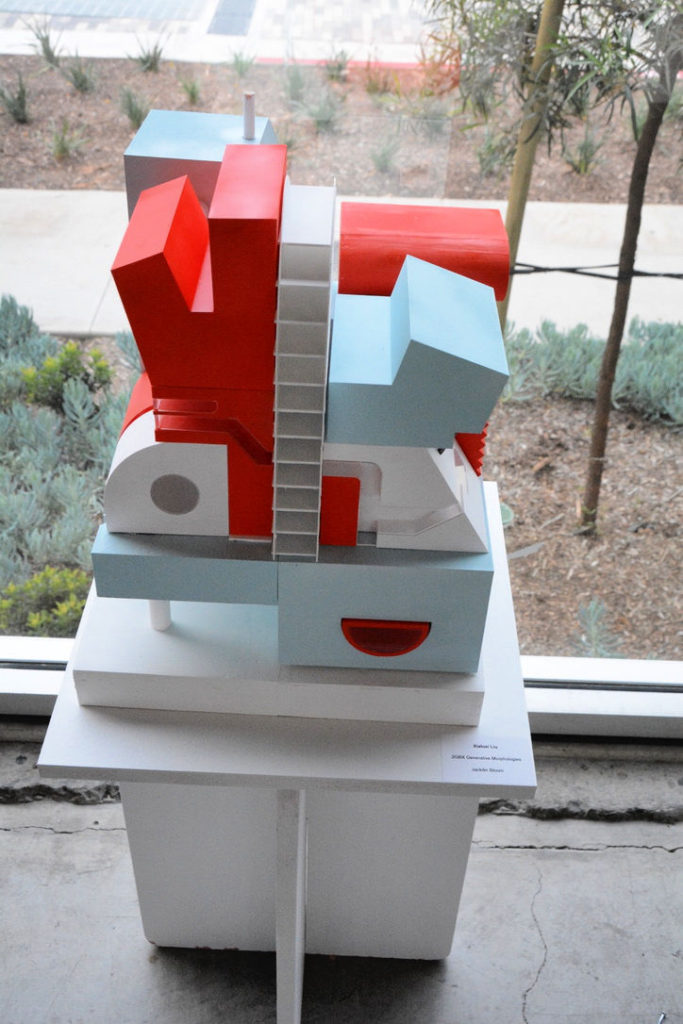
Red, white and blue model from SCI-Arc Spring Show 2019 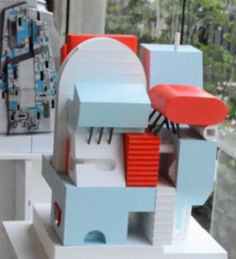
Red, white and blue model from SCI-Arc Spring Show 2019
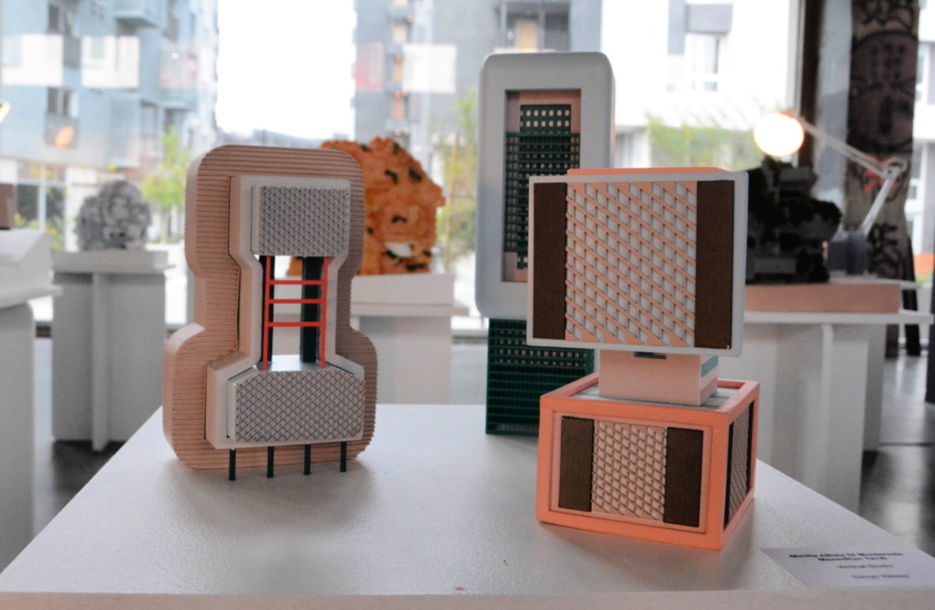
Small models from SCI-Arc Spring Show 2019 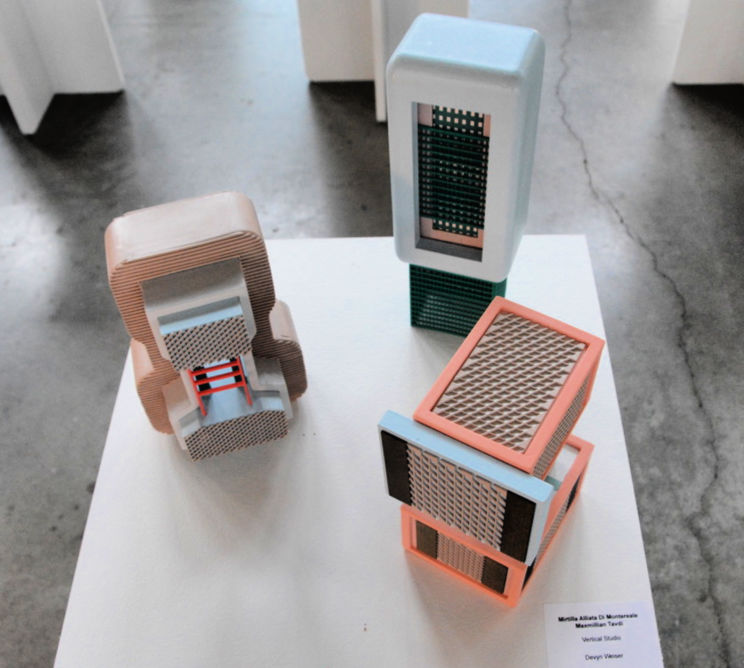
Small models from SCI-Arc Spring Show 2019
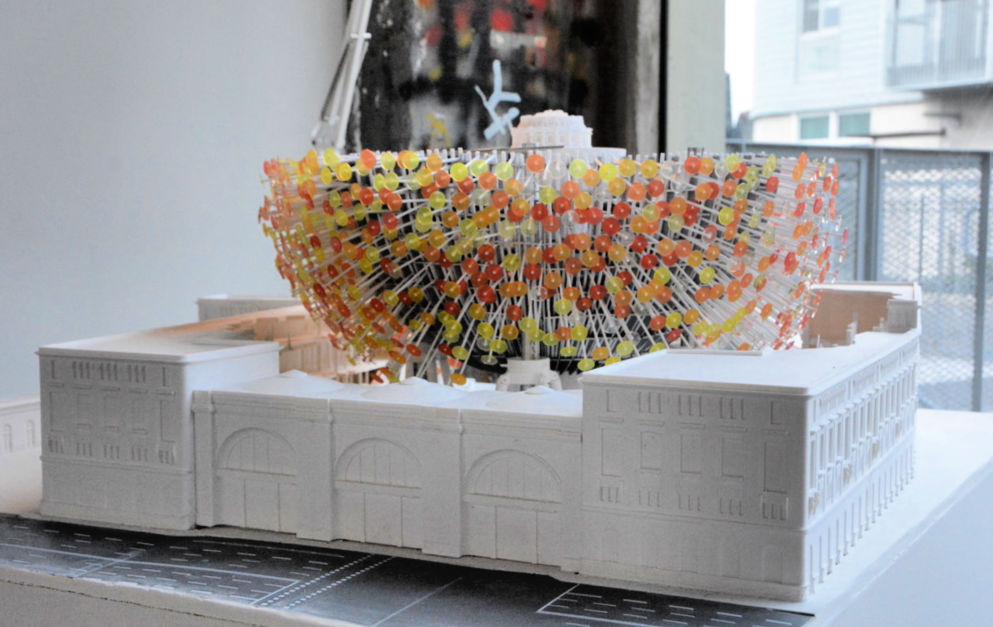
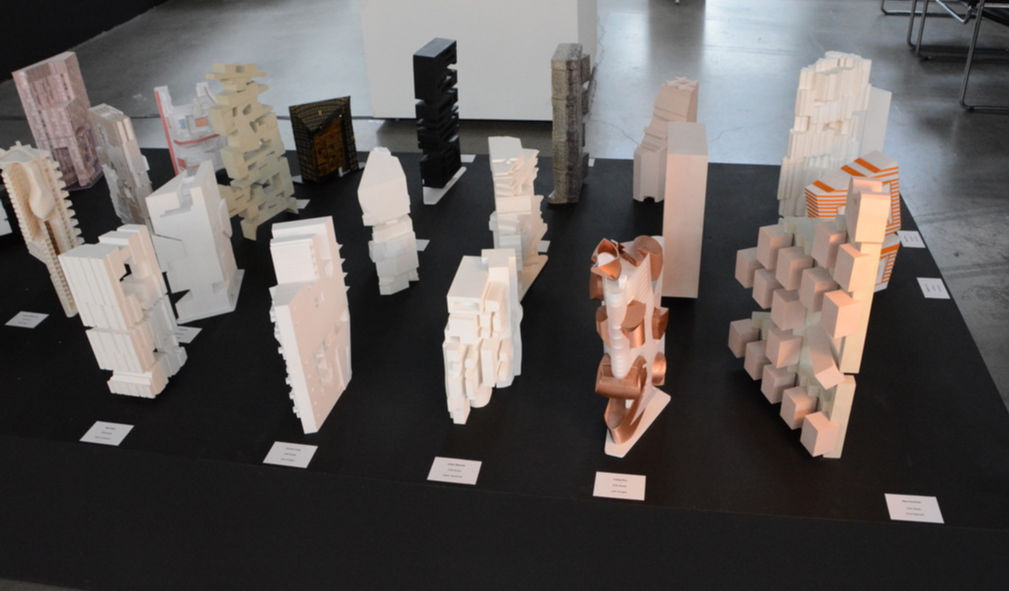
Collection of models from second year graduate studio. 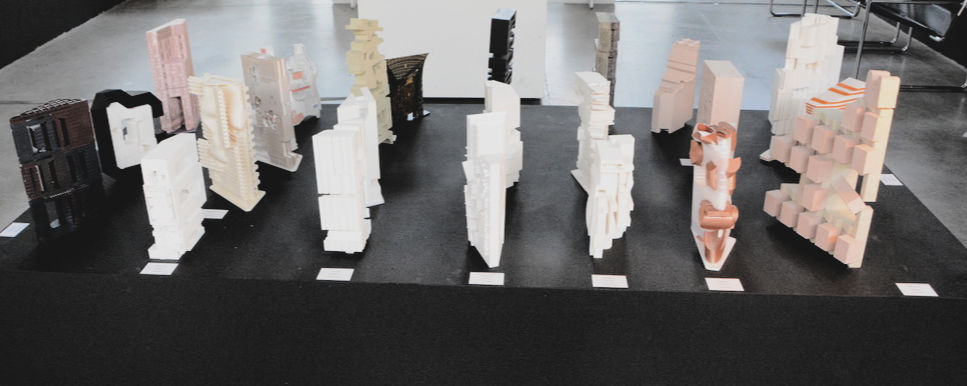
Collection of models from second year graduate studio.
The L.A. River is the subject of the vertical studio led by Florencia Pita. The models below are a revitalization proposal for the currently concrete river.
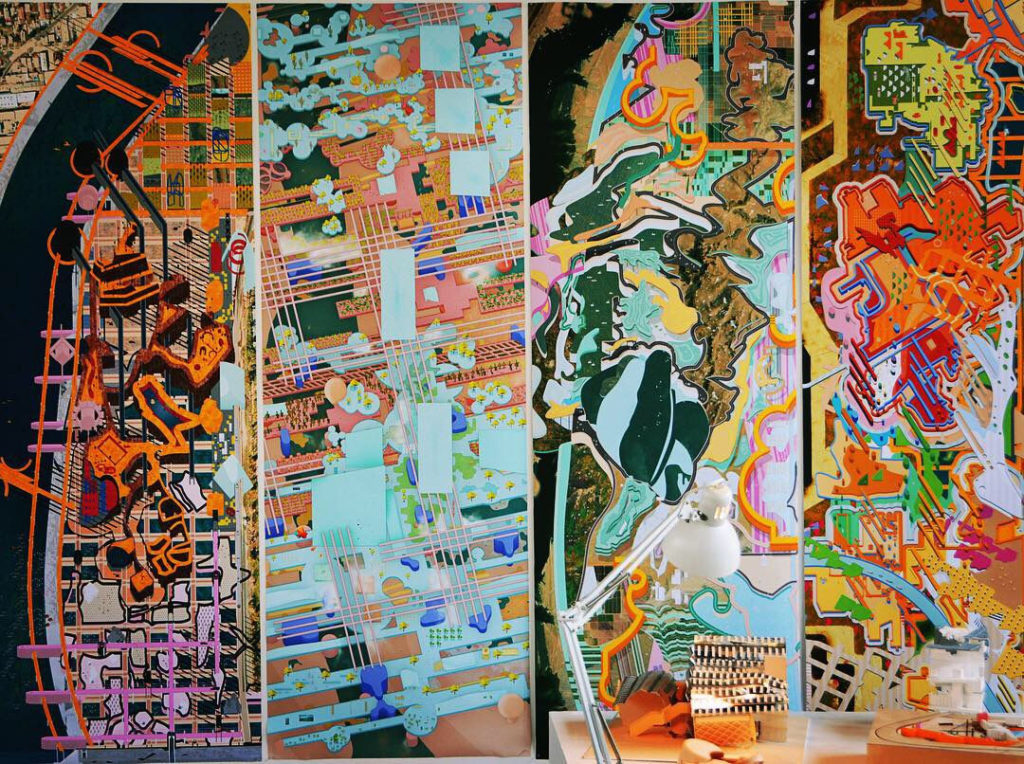
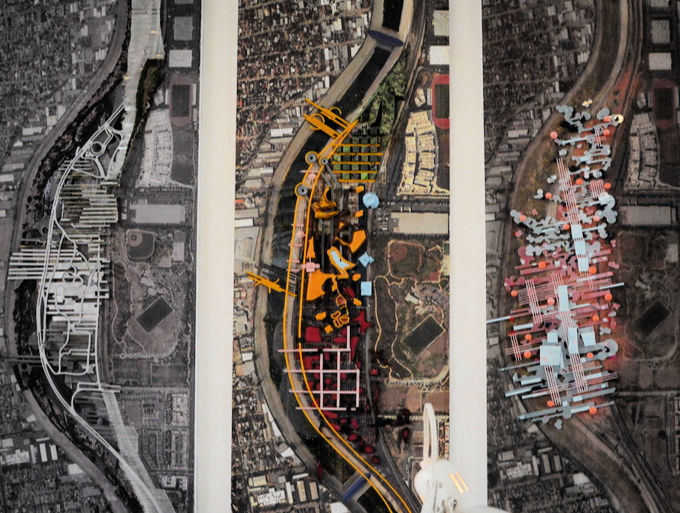
LA River redevelopment proposal from Florencia Pita’s Vertical studio at the SCI-Arc Spring Show 2019 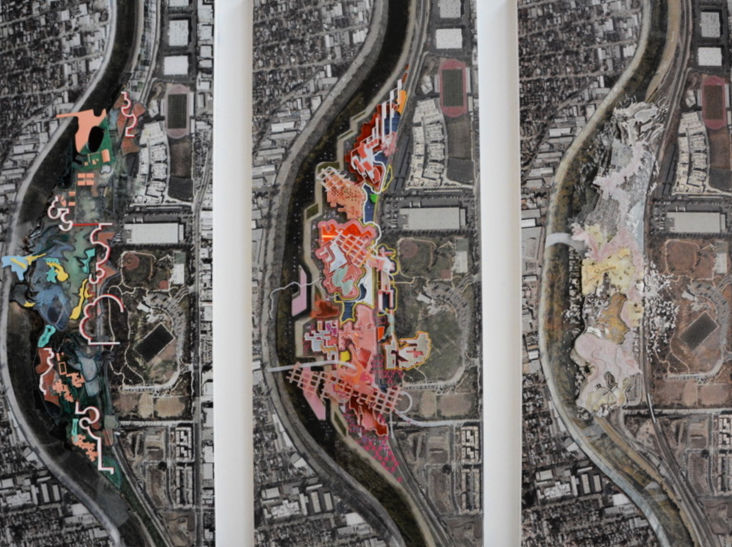
LA River redevelopment proposal from Florencia Pita’s Vertical studio at the SCI-Arc Spring Show 2019
This project had no name attached but the use of fire engine red was like a emergency siren screaming at viewers to stop. We see the pronounced use of primitive shapes to create an urban landscape.
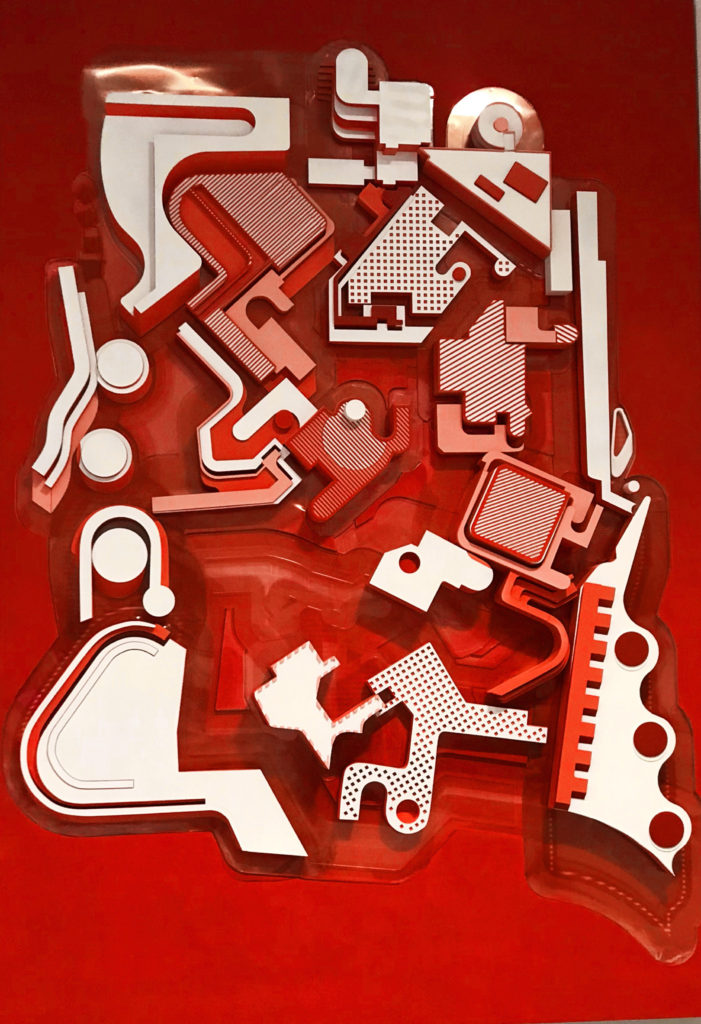
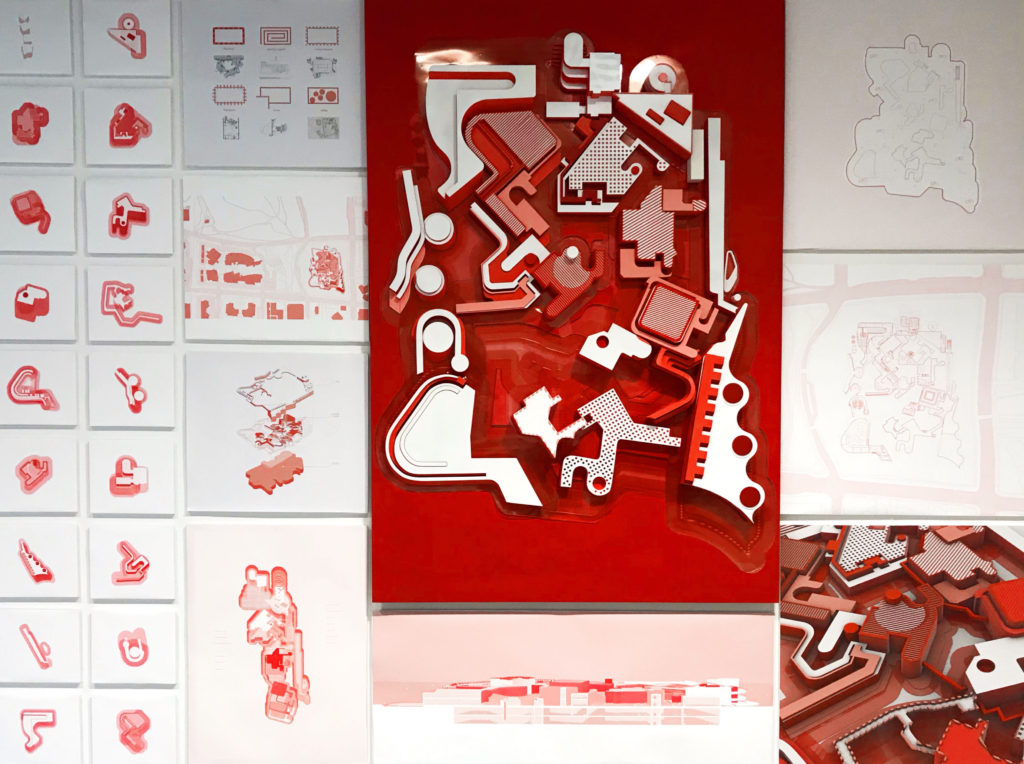
Red model at the SCI-Arc Spring Show 2019 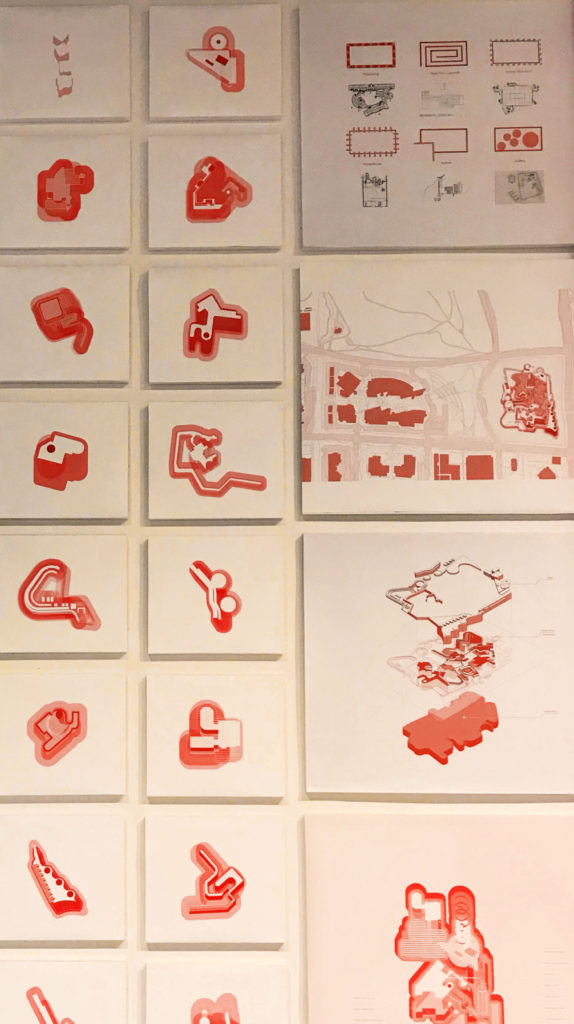
Red model at the SCI-Arc Spring Show 2019 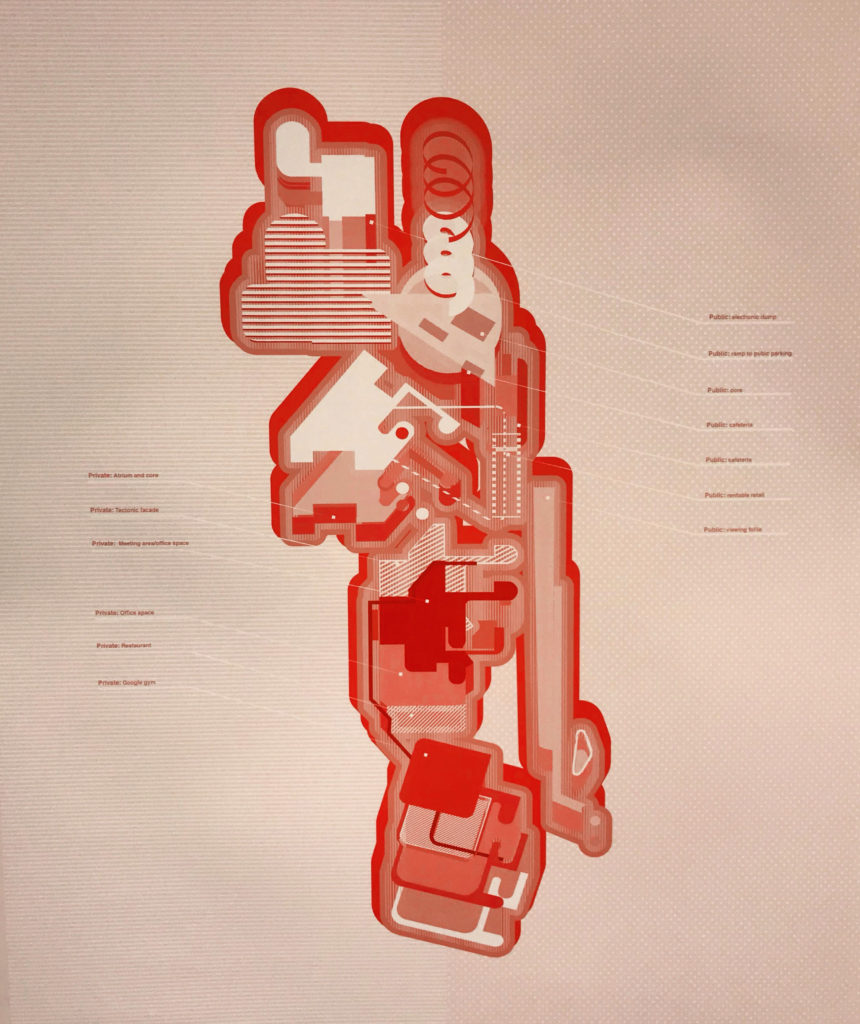
Red model at the SCI-Arc Spring Show 2019
In Jenny Wu’s studio, students Christopher Becerra and Mariajose Meza presented a “work/play/live” concept which investigates the relationship of the corporate ‘tower’ to the “vibrant inefficiency of play”. Individual worlds are stacked one on top of the other: this stacking creates spaces for community interaction. Even the facade is thick enough for communities to inhabit. The project is a commentary on the prevalence of the sharing economy and a community-oriented approach as opposed to turning inward.
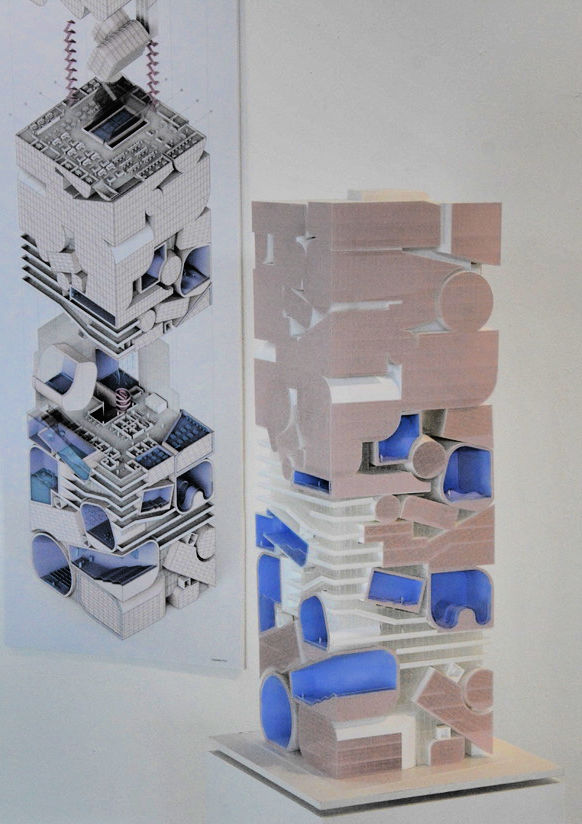
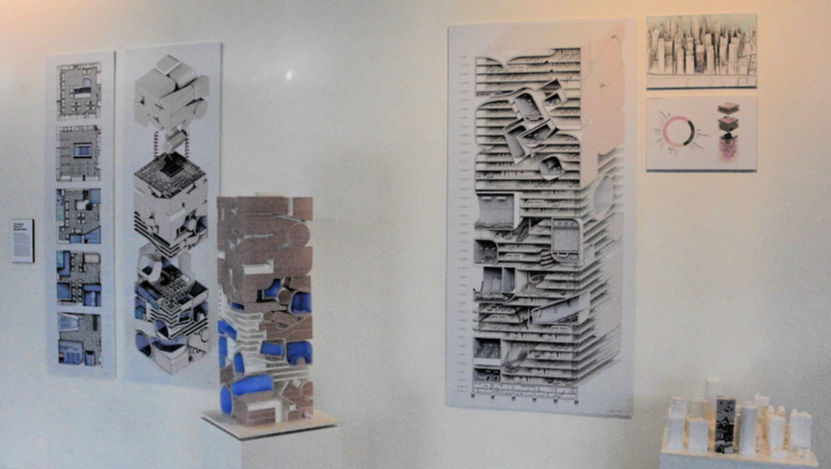
Pink and blue model at SCI-Arc Spring Show 2019 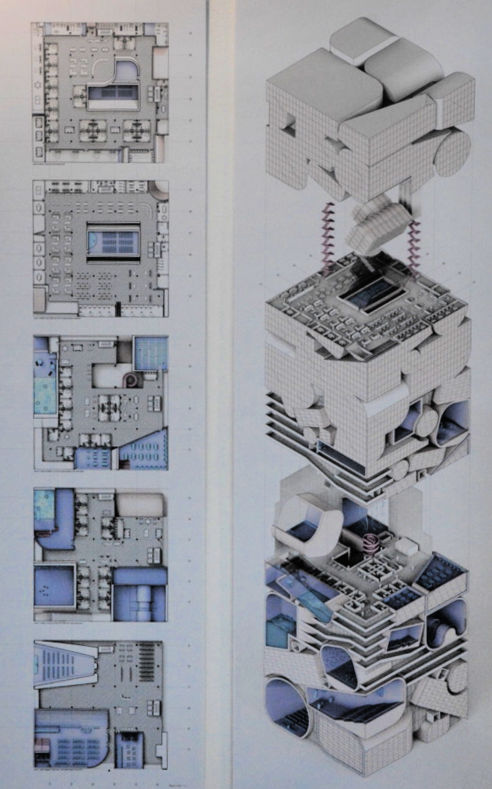
Pink and blue model at SCI-Arc Spring Show 2019
“American Ground” by student Tony Avila investigates the inversion of conventional relationships between building and ground. The project was based on the US Embassy in Mexico City.
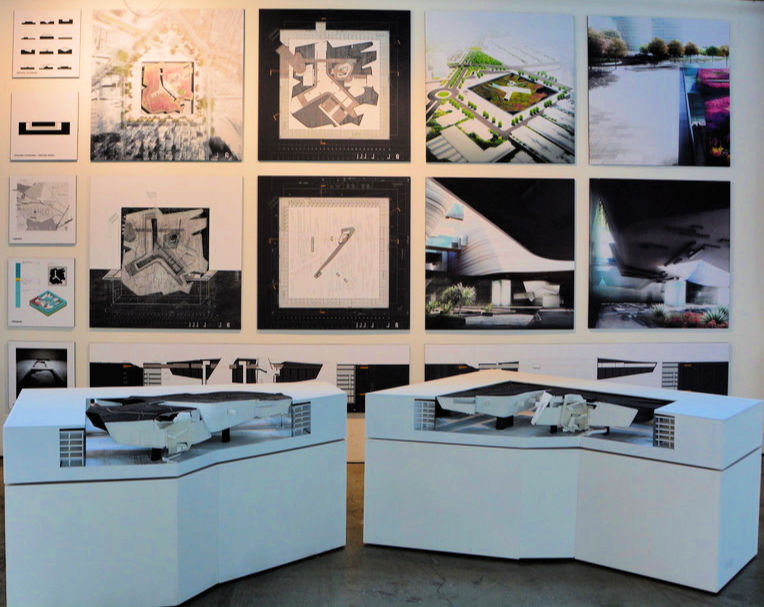
In B.Arch student Ann Gutierrez’s project entitled “Building of Character”, she describes her work as “exploiting the logic of whole vs. part” and her project “plays with the idea of creating a building that constantly shifts between these two registers; a separate building conforms to a single block and that block fits within a neighborhood while at the same time, the project is experienced spatially as a unified entity. This thesis reexamines how architecture expresses identity by allowing misreading to become a means of engaging an audience.”
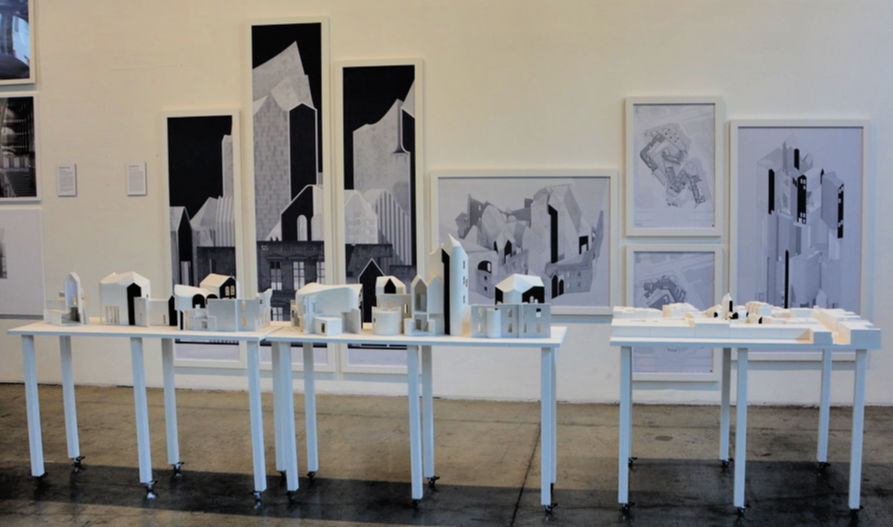
This thesis by Quianwen Liang explores the idea of opacity and transparency in both the metaphorical and physical sense. The project is a Presidential Center for Barack Obama in Chicago which looks at the relationship between interlocking opaque and translucent volumes that cohere together into a multilayered and complicated whole. The opposing forces of illegible, opaque and deep surfaces versus legible, transparent and shallow layers creates tension as well as a spatial haziness between flatness and depth.
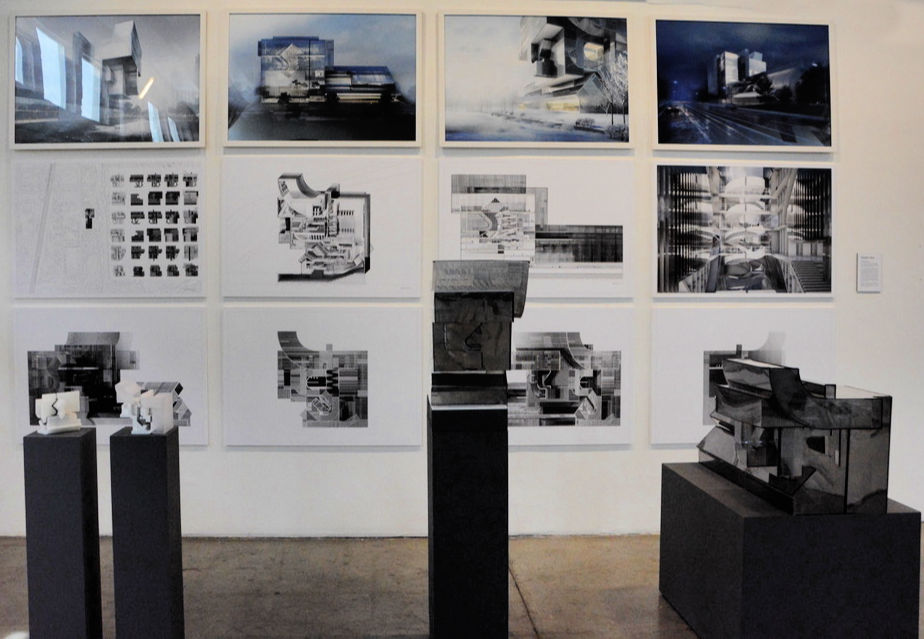
One of several gallery spaces displaying student work.
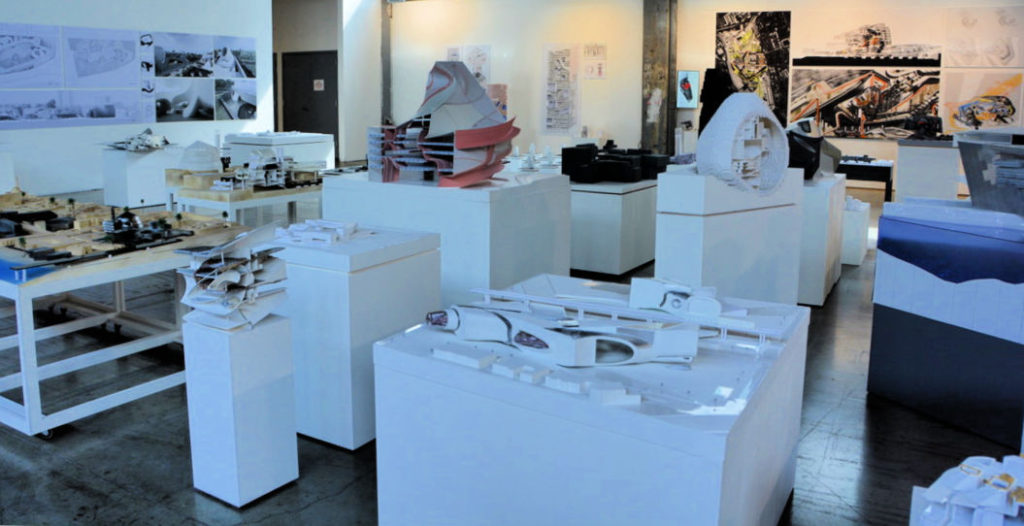
An exploration of color, transparency and form.
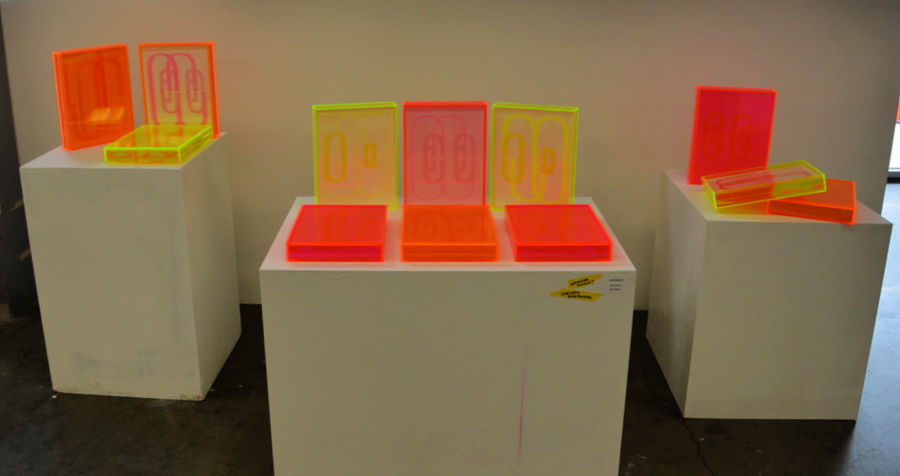
Neon models at SCI-Arc Spring Show 2019 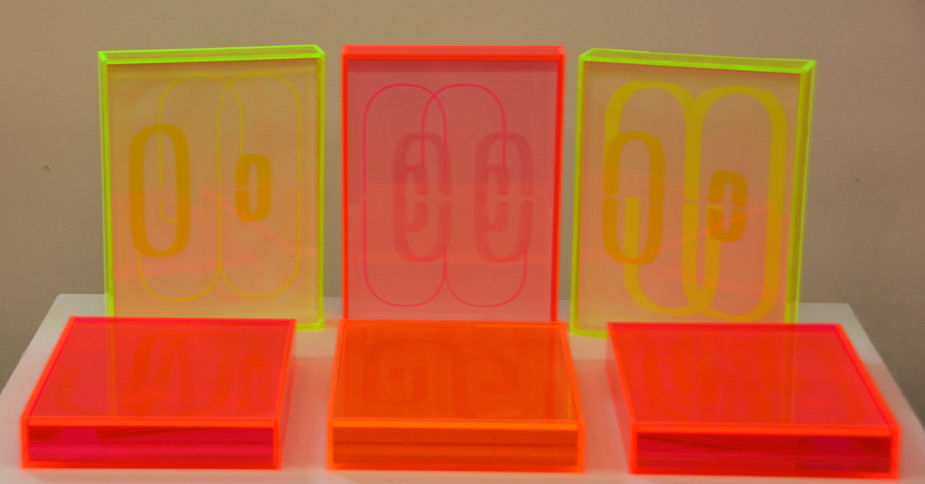
Neon models at SCI-Arc Spring Show 2019
The next three models are from Elena Manferdini’s vertical studio, which explores primitive shapes, colorful facades and ground conditions,
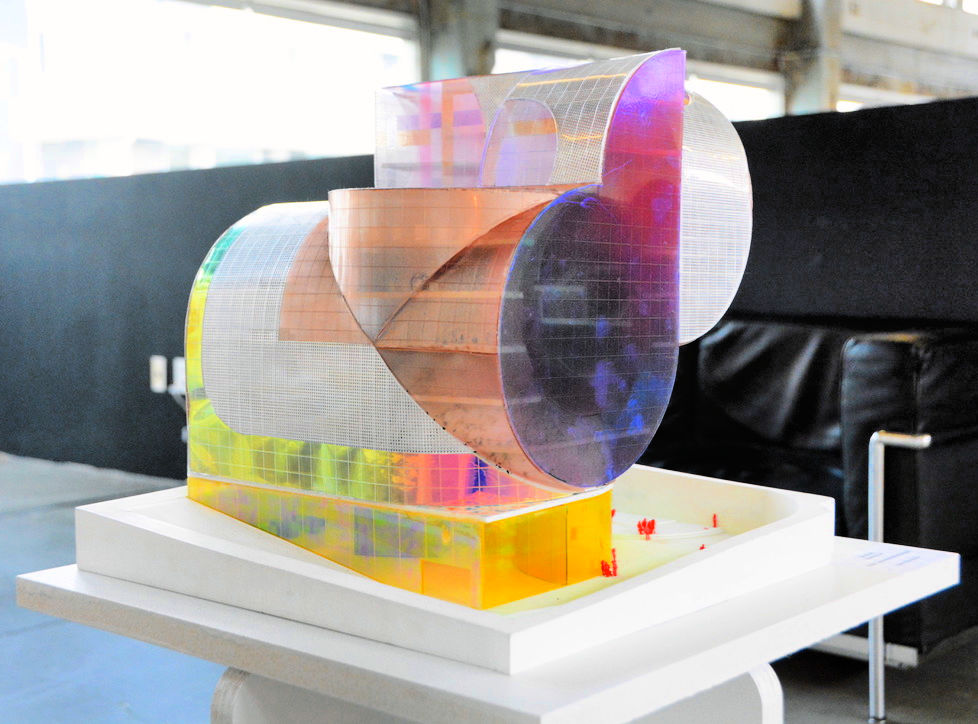
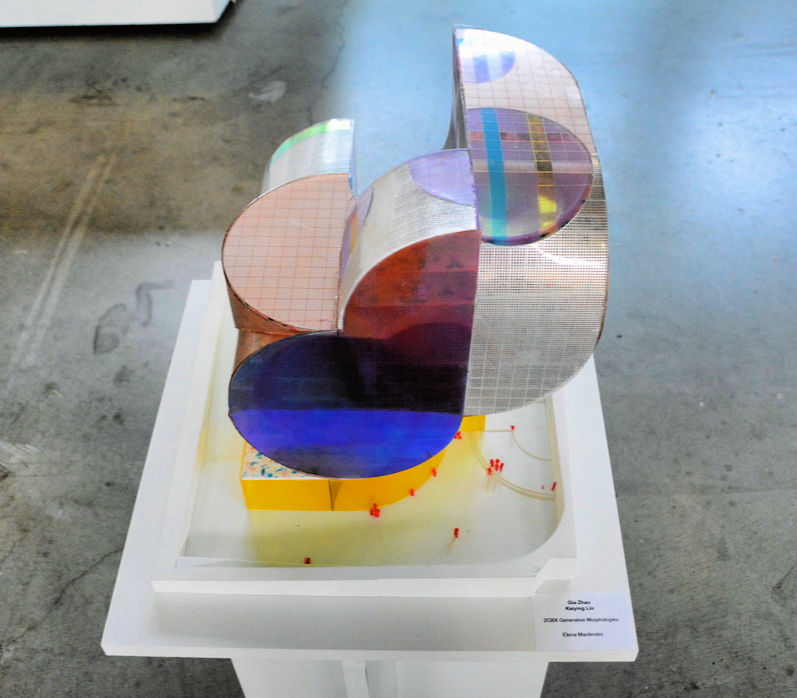
Colorful models from Elena Manferdini’s studio at the SCI-Arc Spring Show 2019 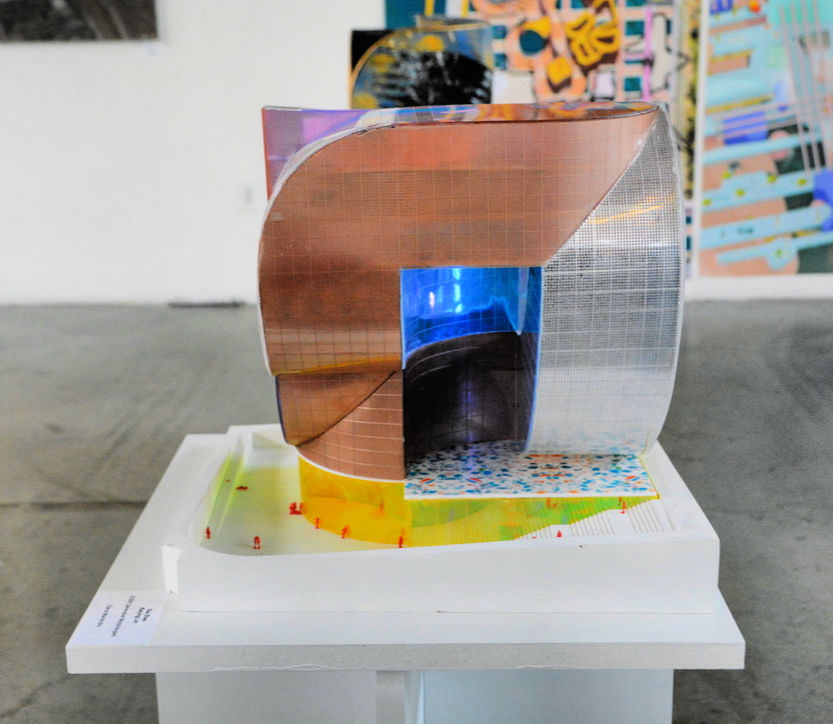
Colorful models from Elena Manferdini’s studio at the SCI-Arc Spring Show 2019
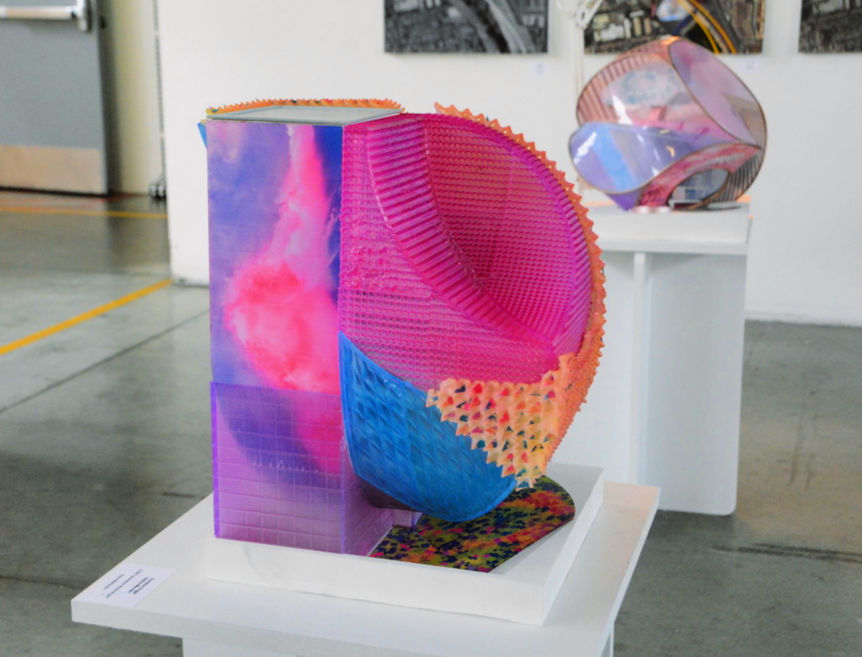
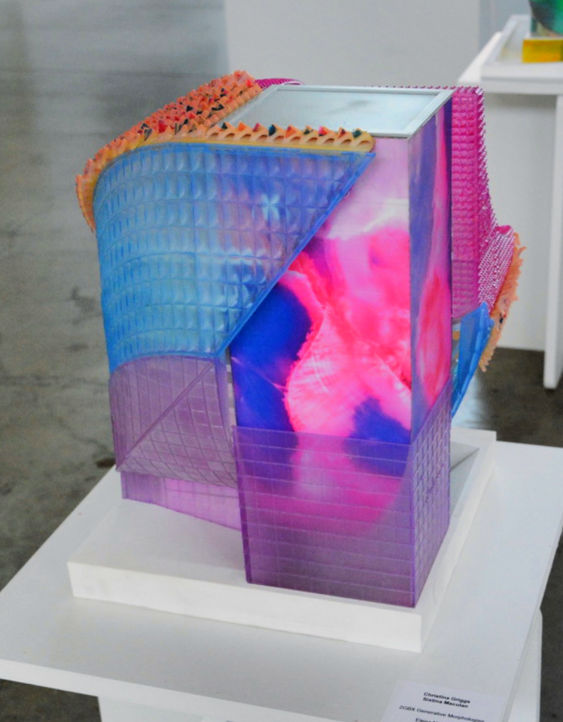
Colorful models from Elena Manferdini’s studio at the SCI-Arc Spring Show 2019 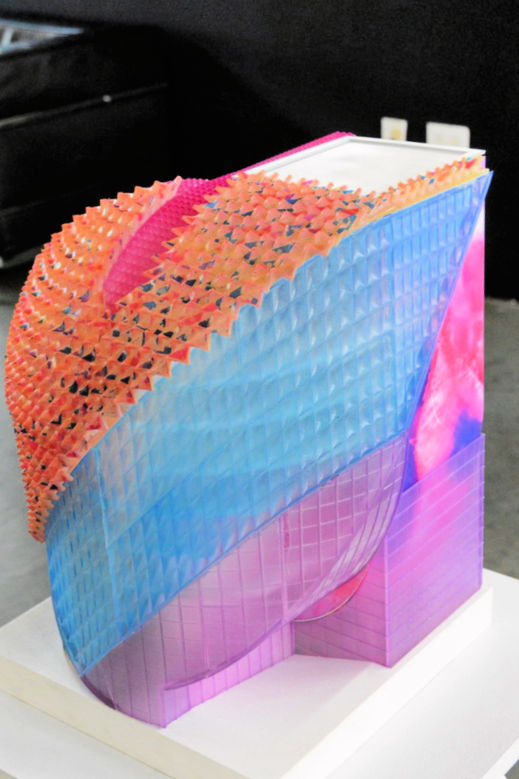
Colorful models from Elena Manferdini’s studio at the SCI-Arc Spring Show 2019
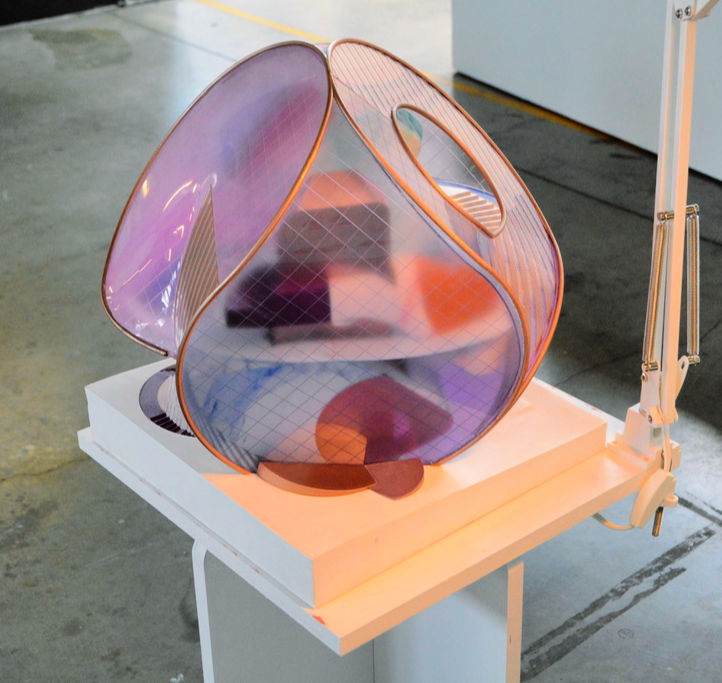

Colorful models from Elena Manferdini’s studio at the SCI-Arc Spring Show 2019 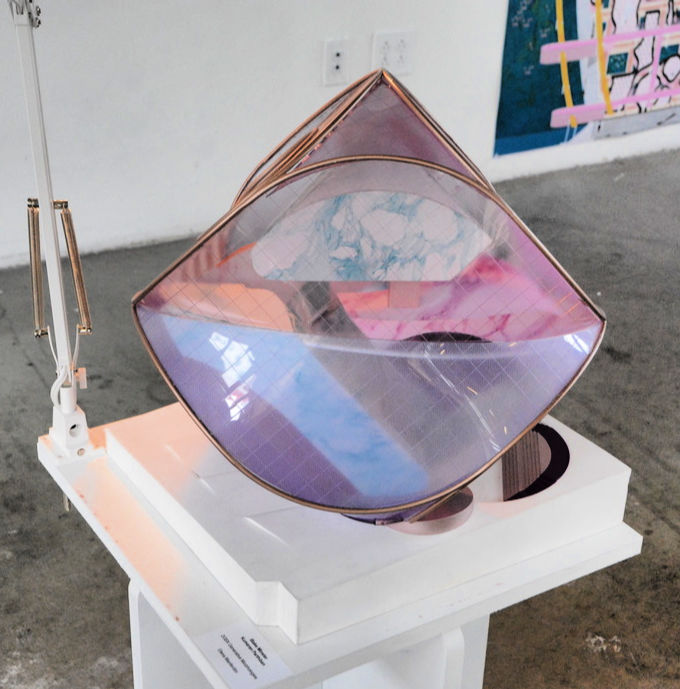
Colorful models from Elena Manferdini’s studio at the SCI-Arc Spring Show 2019 
Colorful models from Elena Manferdini’s studio at the SCI-Arc Spring Show 2019 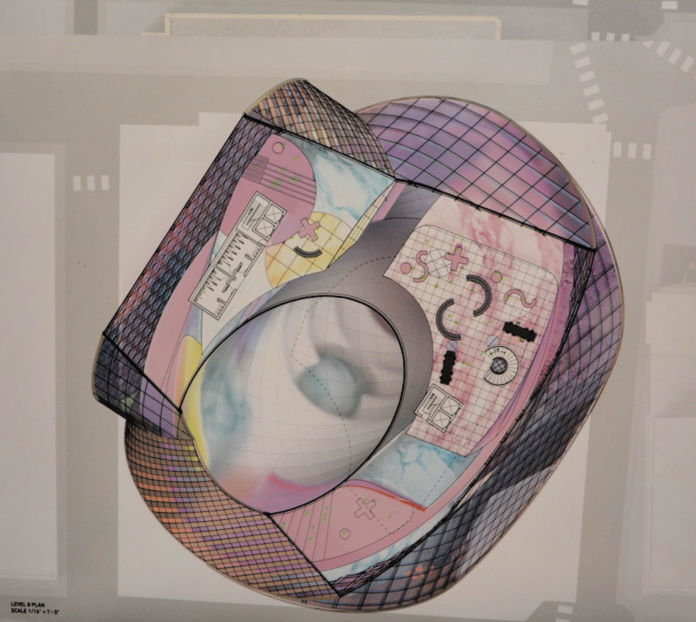
Colorful models from Elena Manferdini’s studio at the SCI-Arc Spring Show 2019
When I was in Architecture School, building and maintaining a portfolio was not only essential to preparing for the job application process, it was mandatory. We used Blurb to create our gorgeous portfolios.
The students’ work is heavily influenced and often programmatically dictated by the architectural discourse taking place in and around the school. If you are interested in following the latest architectural thoughts, ideas and theories, Log Magazine is an interesting read and often features writings from past and present SCI-Arc design instructors.
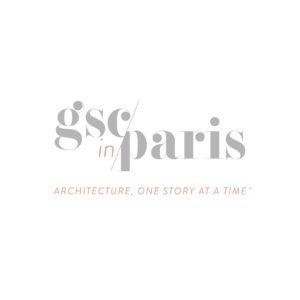

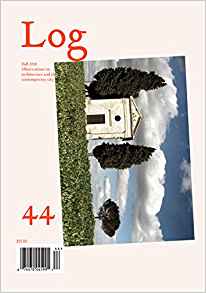
Leave a Reply